Silent Landscape & Other works
by Gap-Chul Lee
Lee Gap-Chul(1959~ ) creates formidable, intense black & white photographic images that work to find the spirit of Korean culture. LEE’s audacious camera work conveys an oppressed primal impulse and world of shamanism rooted deep in Korea’s collective unconscious. This stems from his characteristic manner of work; approaching subjects intuitively and directly and by depending on contingency, free from aesthetic consideration; and also by preferring rough cropping to a tidy finish or meticulous composition, drawing out chaotic force rather than a harmonious virtual world.
Through his early works like Yankees on the Street and The Land of the Others, LEE show his unique aptitude of capturing the reality, the underlying sentiment of centuries with an ‘unusual sense and intuitive motion’. Also by Conflict and Reaction (1990~2002) and Energy (2002~2007) LEE condensed the intangible concept deep inside the bottom of Koreans psyche and represent this undefined form through his photograph works. Thereby clarifies his identity as a subjective documentary who moved from capturing the ‘fact’ to ‘sense’.
This portfolio includes Lee Gap-Chul’s most iconic series of works, Conflict and Reaction, Energy-Qi and the recent works Silent Landscape (2008~2019), which he had worked for last 10 years.
Excerpt from ‘A MASTER OF THE SPIRIT’, LEE GAP-CHUL: The Seeker of Korea’s Spirit (co-published by Damiani & The Museum of Photography, Seoul, 2019)
Written by Wendy Watriss (Co-founder of FotoFest International)
In Conflict and Reaction (and later but differently in Energy), Gapchul Lee looks to the countryside and the rituals that lay deep within its cultural memory, ways of life that still endured from other ages and other worlds. What he photographs is often harsh, wild, and beautiful, filled with ritualized movement and complex relationships with nature. These images are the opposite of modern; they are ambiguous, silent, dense, self-contained and elusive. White-robed men in black horse-hair hats move silently along country paths. An old woman meditates on a stone outcropping. A shaman carries a cow’s head over her own head. A chicken peers through dense foliage. The mountains that frame so much of the Korean landscape and have meant so much to Korean literature and painting maintain a strong presence in this work, forbidding, protective and spiritual. One can almost feel the blurred blowing of the wind and touch the edges of the clouds that are an omnipresent part of human existence in the mountains. Human figures are silent, almost ghost-like. Their faces are often deliberately out of focus. There are the fleeting signs of unnamed rituals. The seemingly bloodied face of the woman shaman. The headless hand holding a knife. The blurred faces of the two men in traditional hats at the bottom of the frame on a moonlit night. Almost everything defies aesthetic order or linear interpretation.
I am always conscious of being able to ‘see’ only a small part of what is there in these images. The seen and unseen, merging elements of physical realism with a deeply metaphysical way of looking at the physical world and our place in it. To my Western eye, there is an undefined and compelling ambiguity to this world that is both fierce and gentle. The images speak to the many internal forces of our ever-changing existence and the paradoxes of time moving backward and forward. The grainy visceral texture of Lee’s pictures emphasizes an earthlike hold on the senses even when the images themselves seem to want to float away into the sky, or darkness.
It is the discovery of vision.
Gap-Chul Lee lives and works in Yeoju , South Korea
To view more of Gap-Chul Lee's works, please visit Artsy, Korean Artist Project
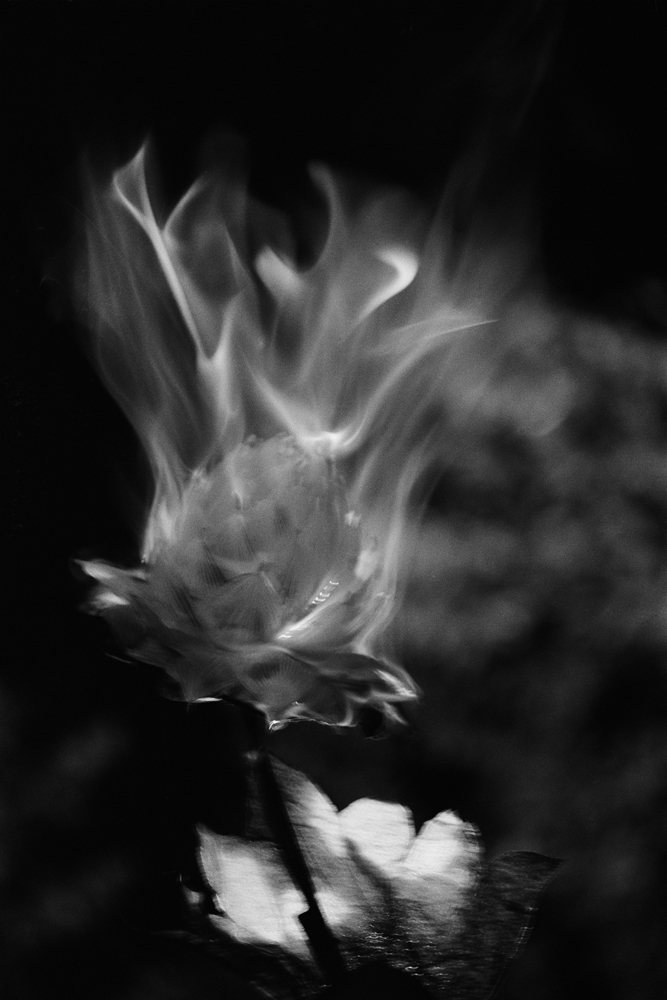
Energy (2002-2007)
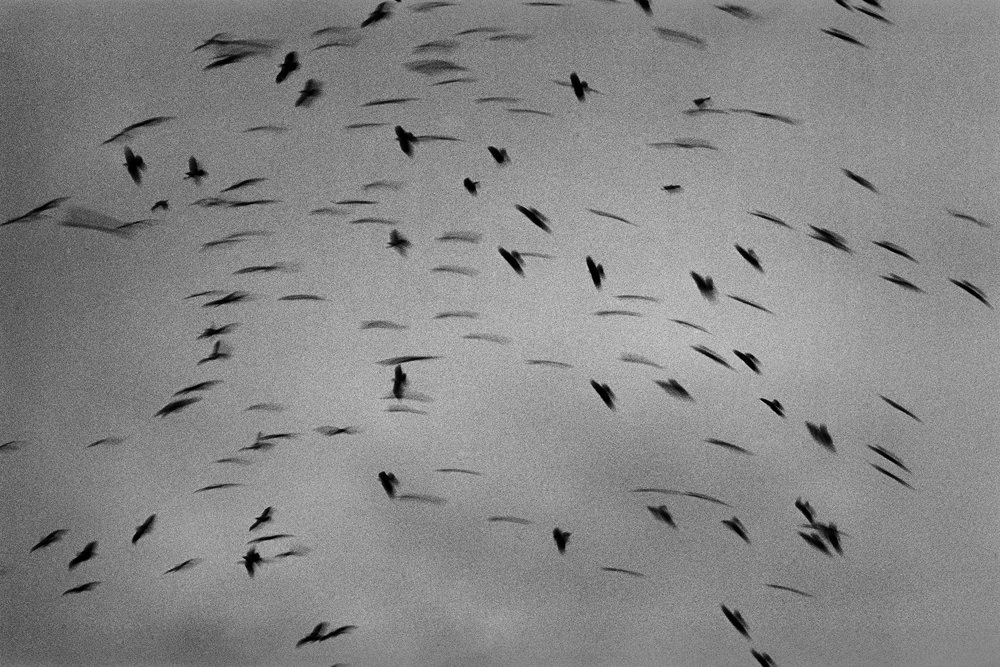
Energy (2002-2007)
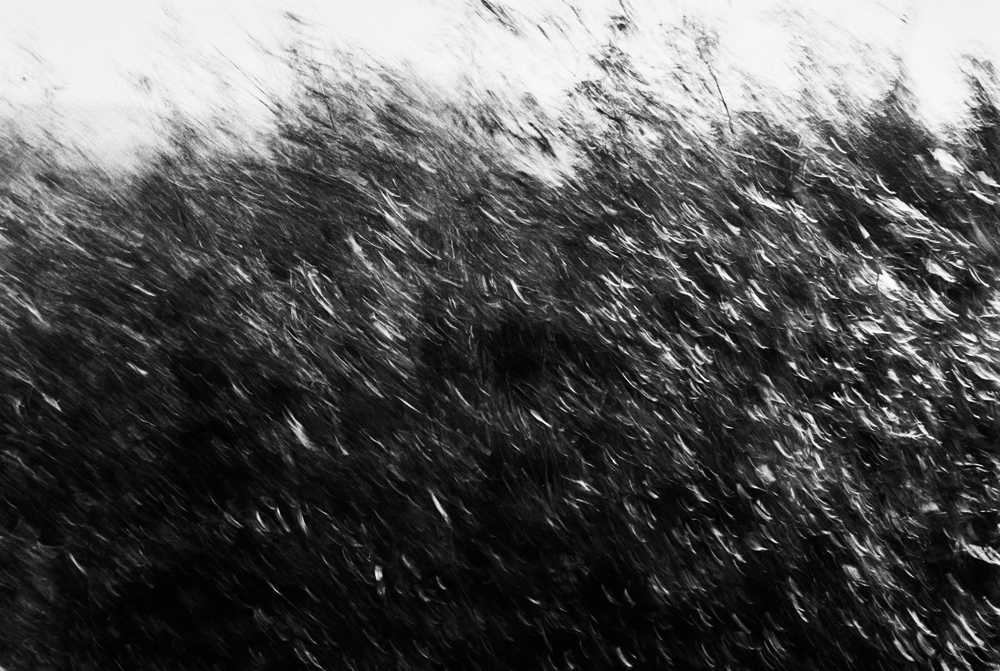
Energy (2002-2007)
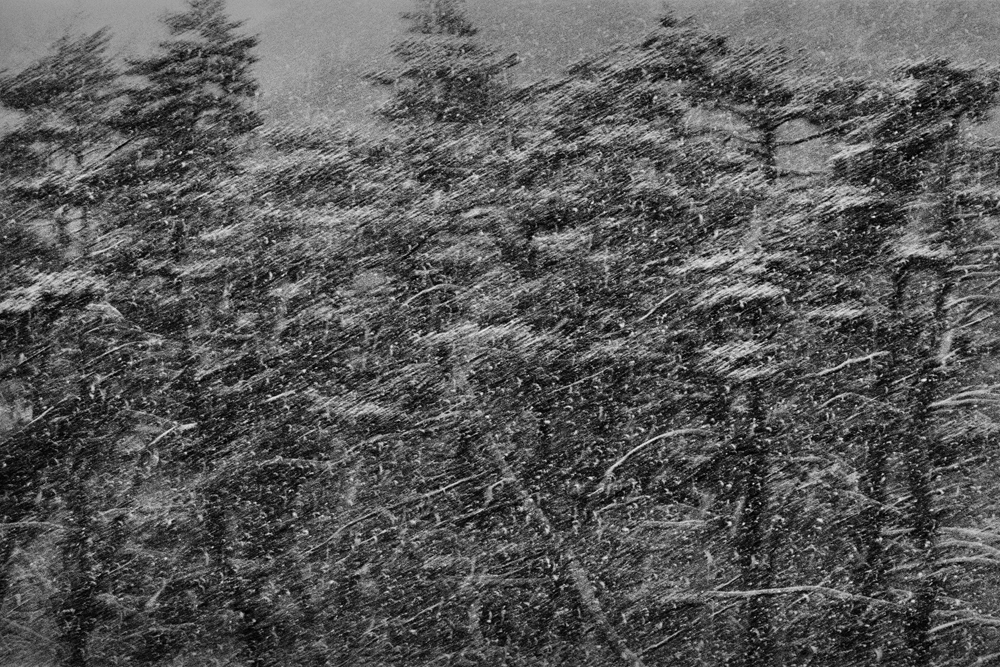
Energy (2002-2007)
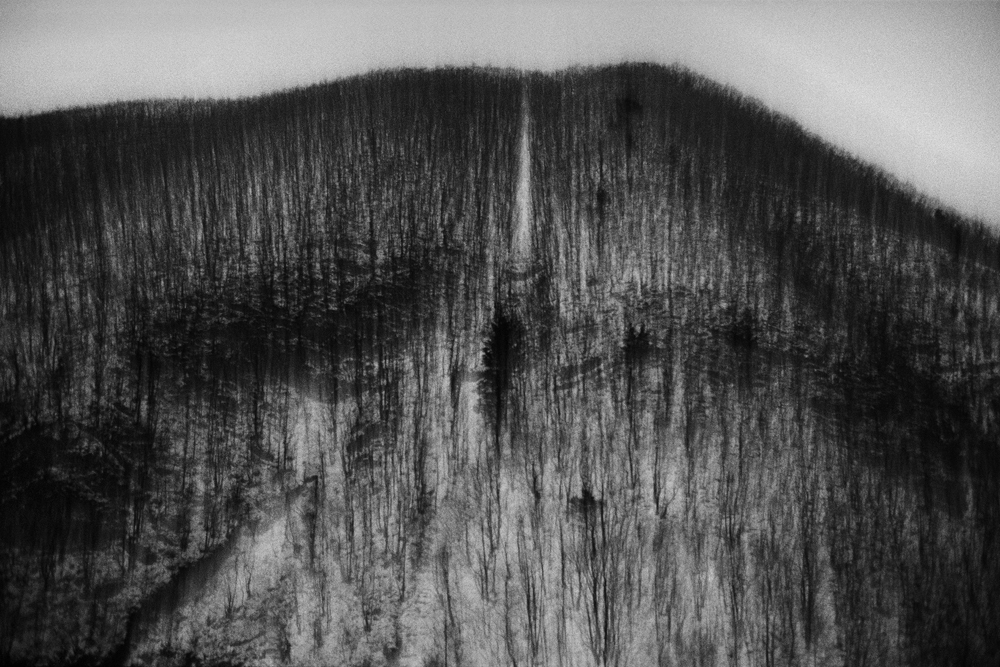
Energy (2002-2007)
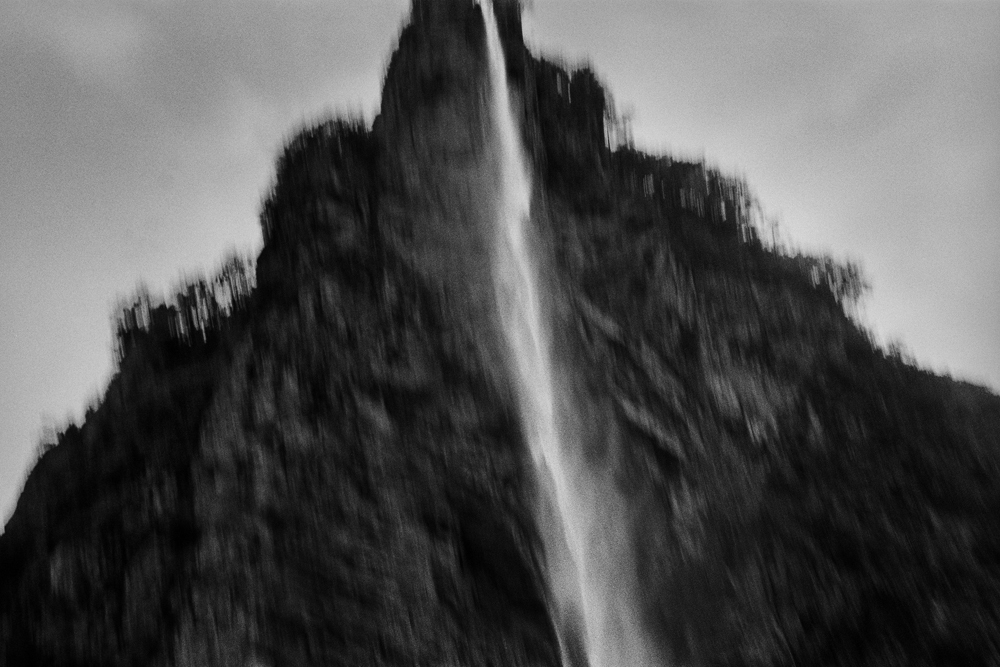
Energy (2002-2007)
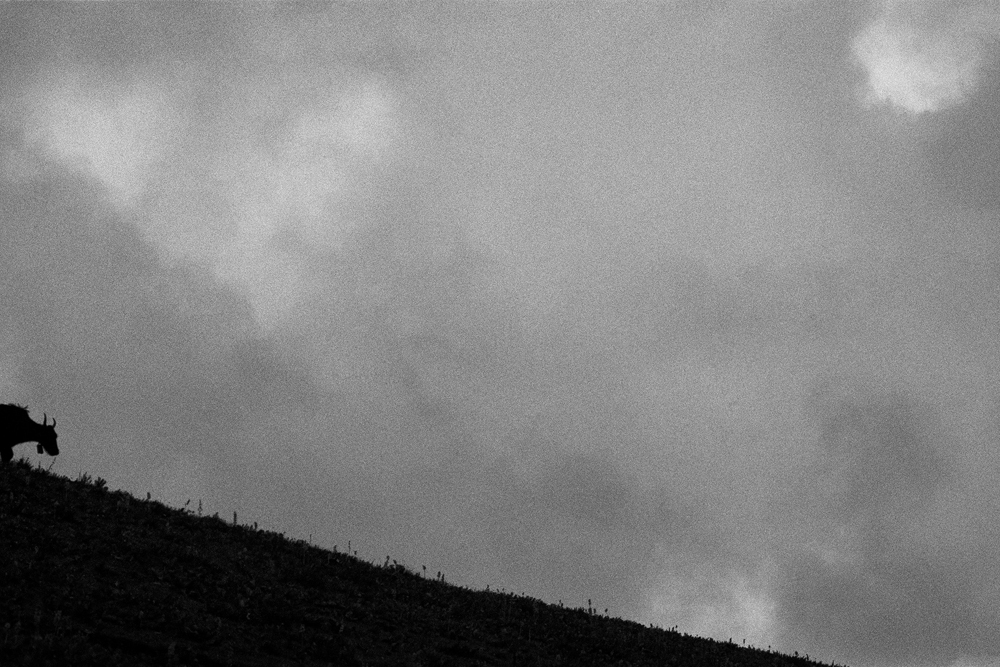
Energy (2002-2007)
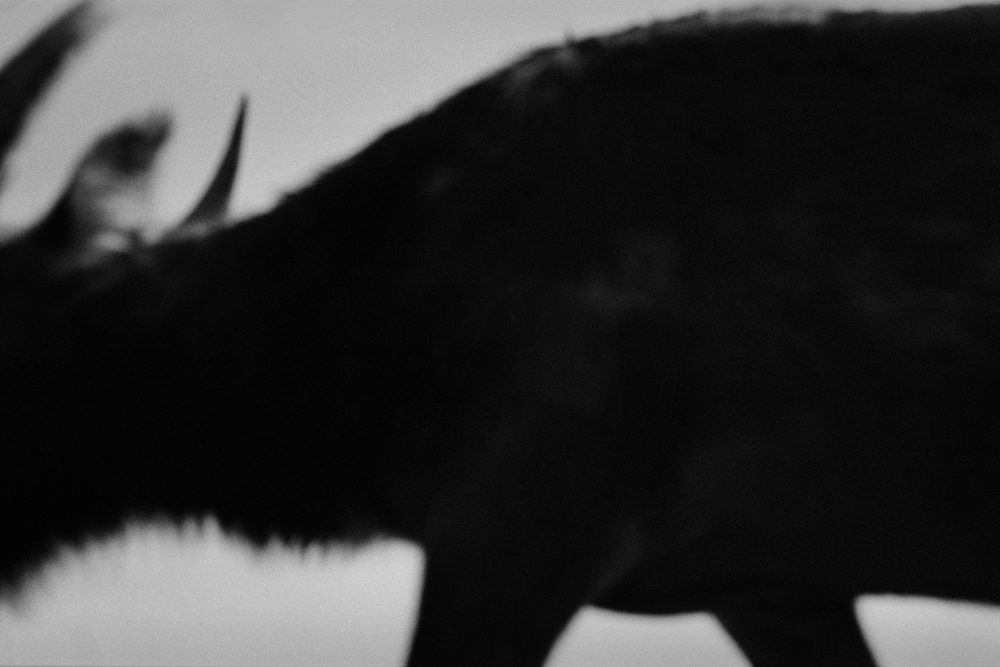
Energy (2002-2007)

Energy (2002-2007)
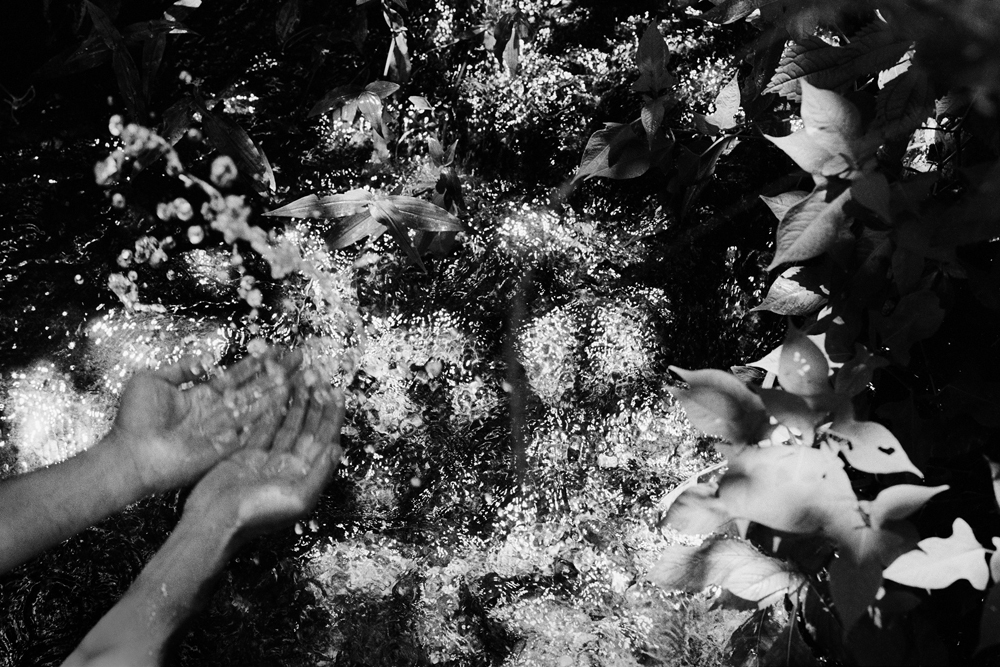
Energy (2002-2007)
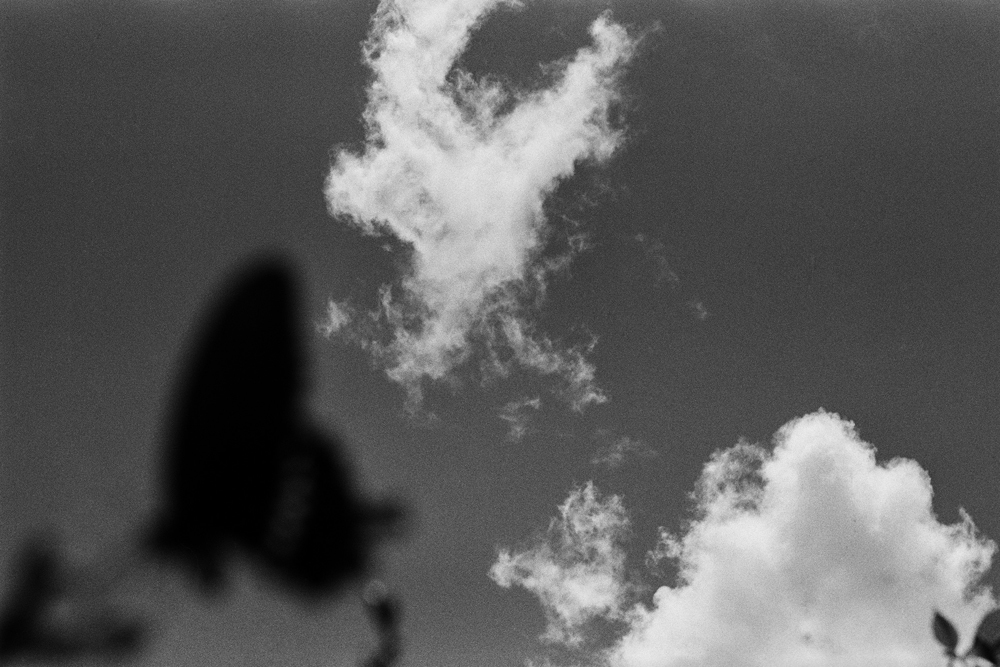
Energy (2002-2007)
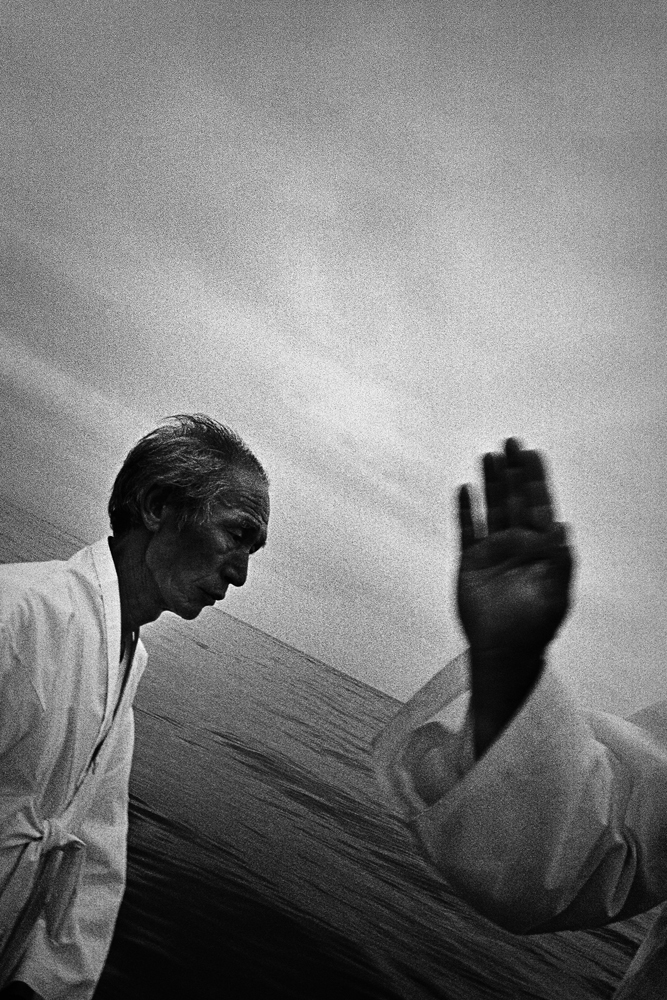
Conflict and Reaction (1990-2002)
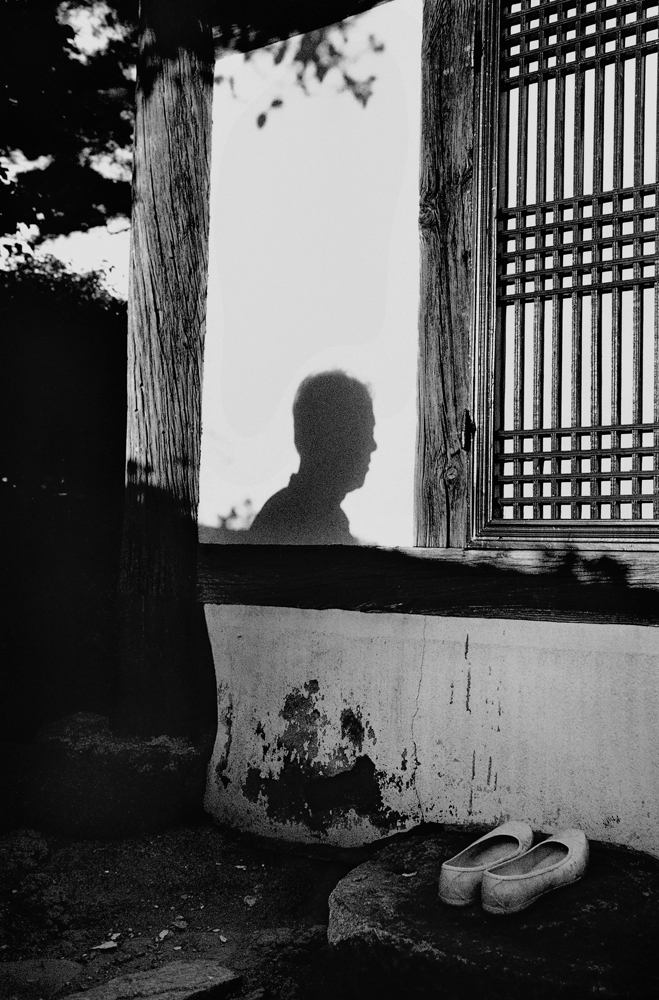
Conflict and Reaction (1990-2002)
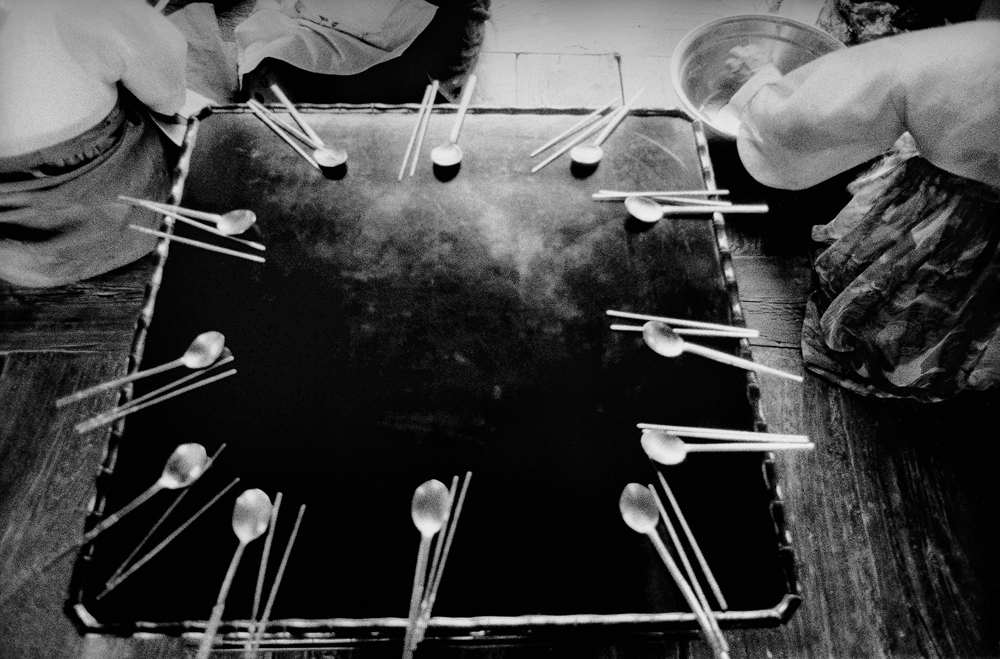
Conflict and Reaction (1990-2002)
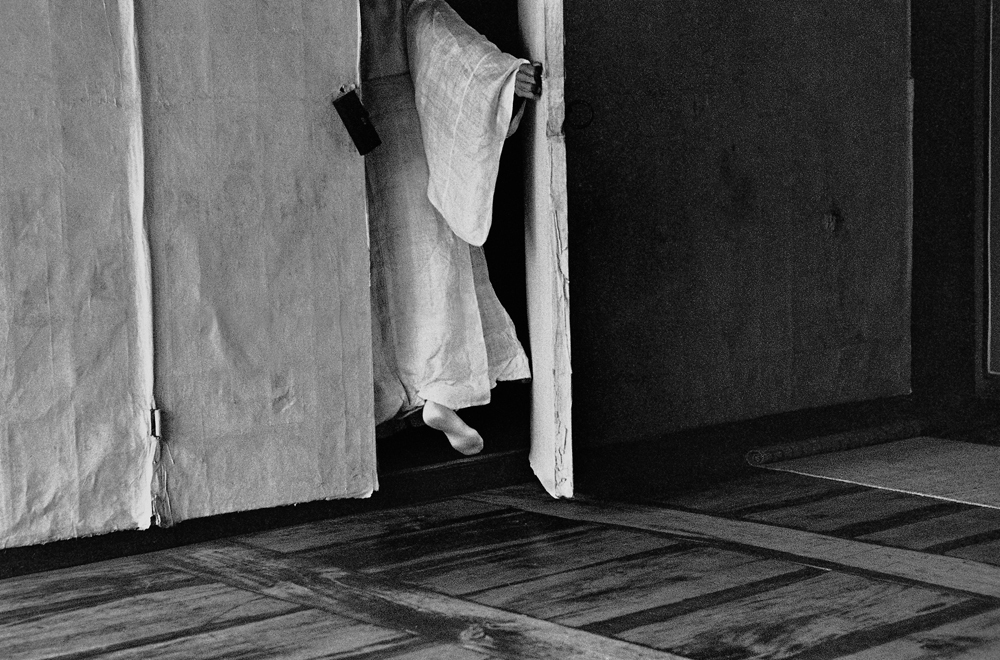
Conflict and Reaction (1990-2002)
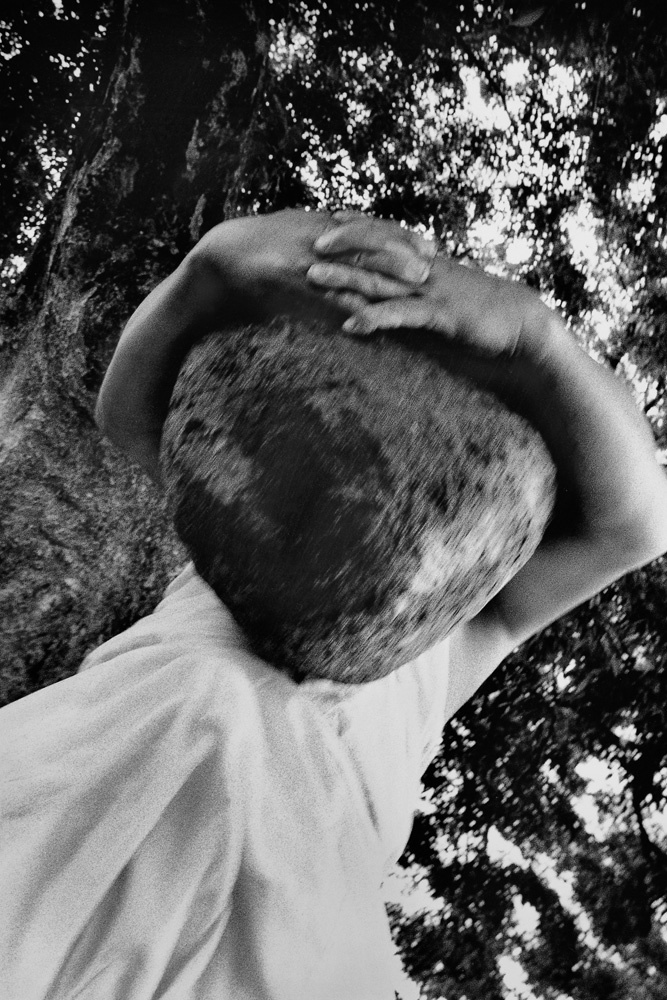
Conflict and Reaction (1990-2002)
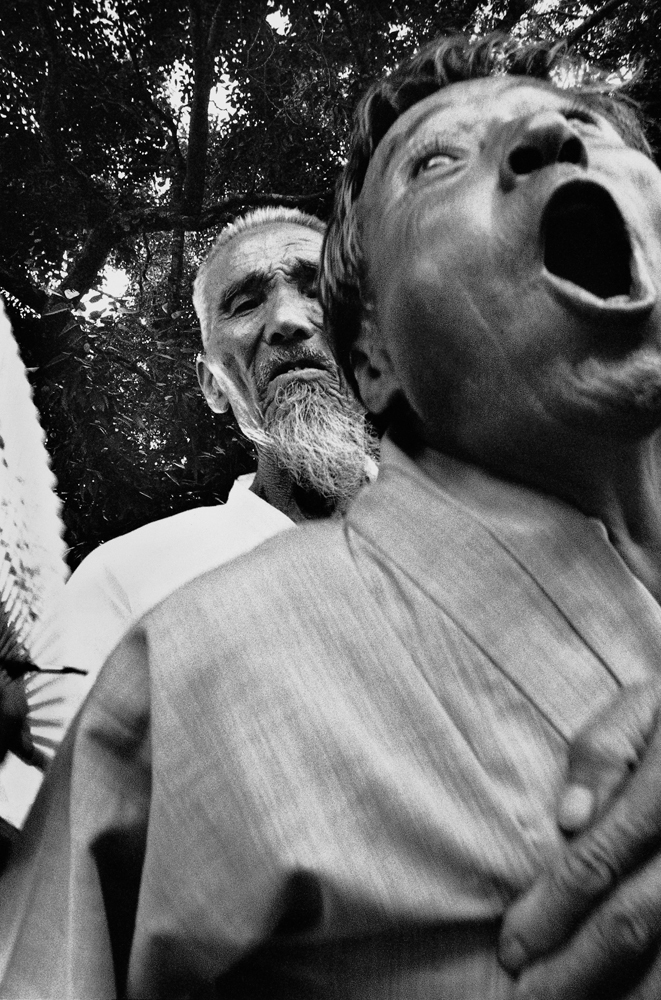
Conflict and Reaction (1990-2002)
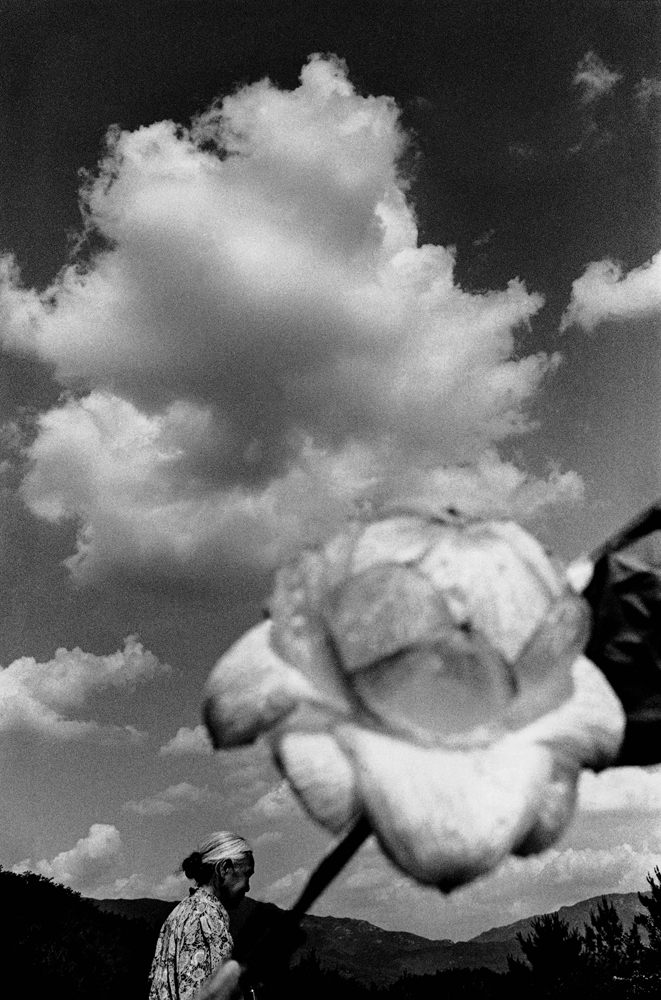
Conflict and Reaction (1990-2002)
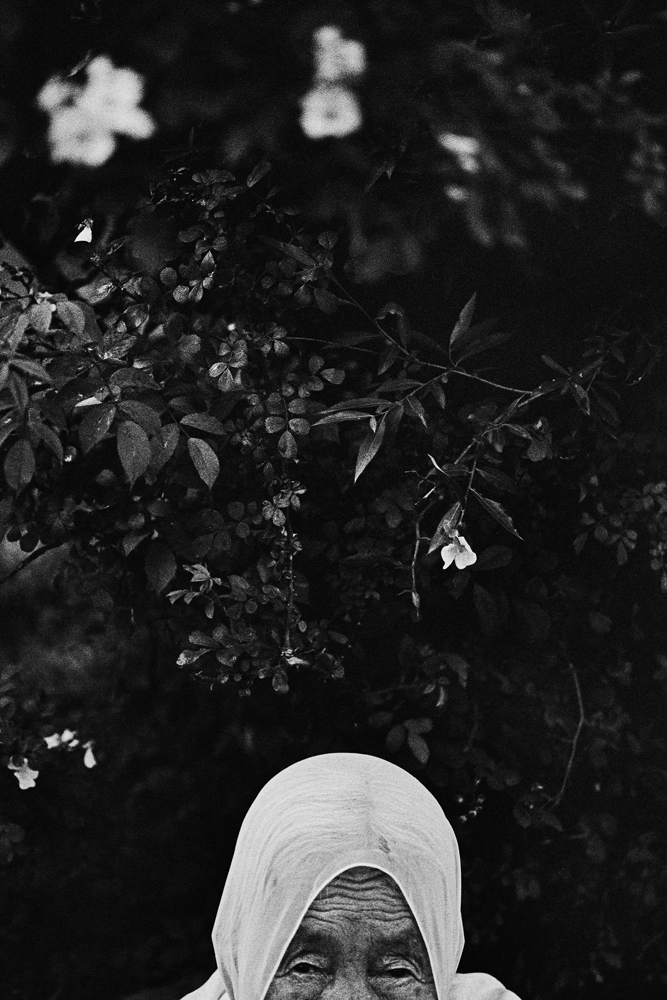
Conflict and Reaction (1990-2002)
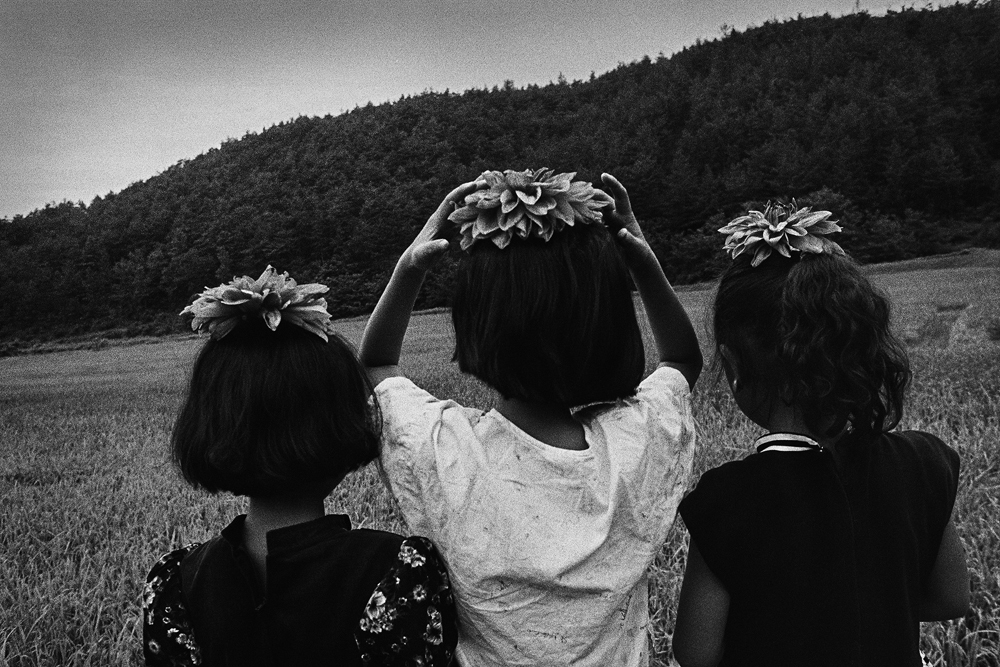
Conflict and Reaction (1990-2002)
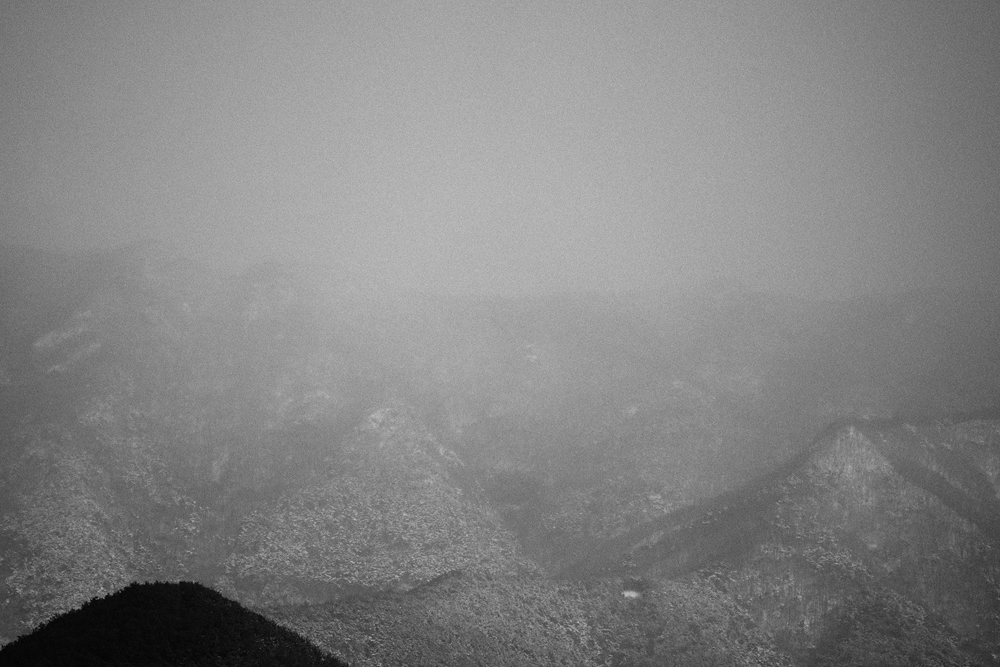
Silent Landscape (2008-2019)
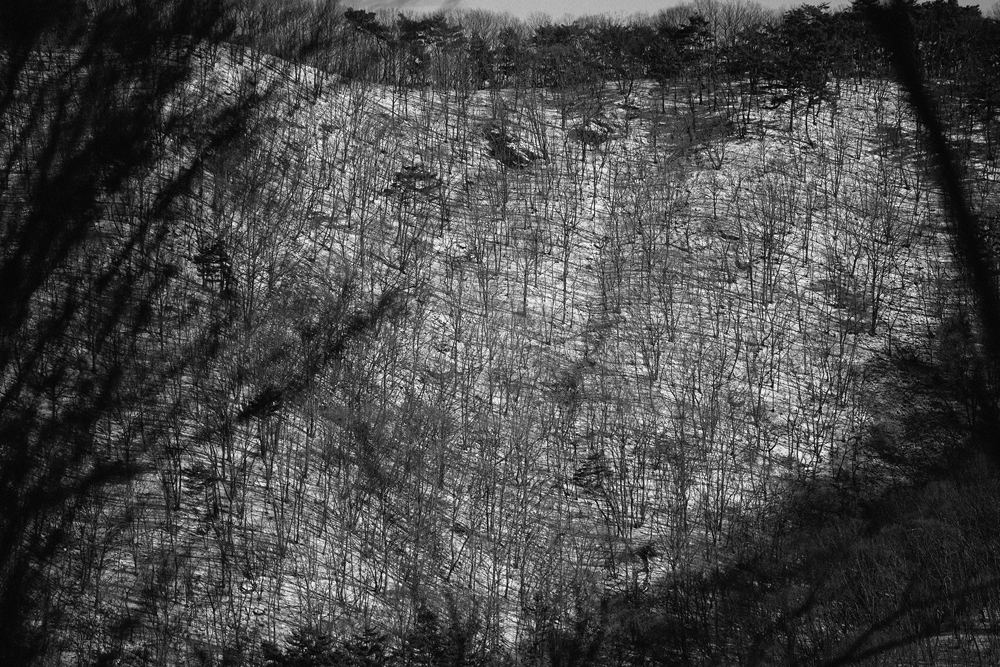
Silent Landscape (2008-2019)
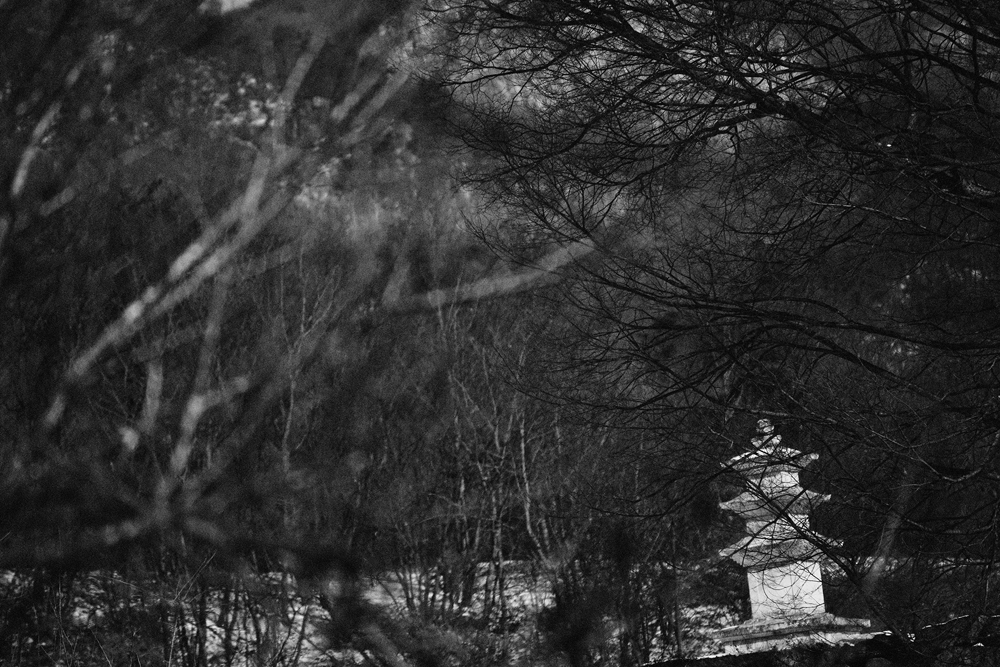
Silent Landscape (2008-2019)
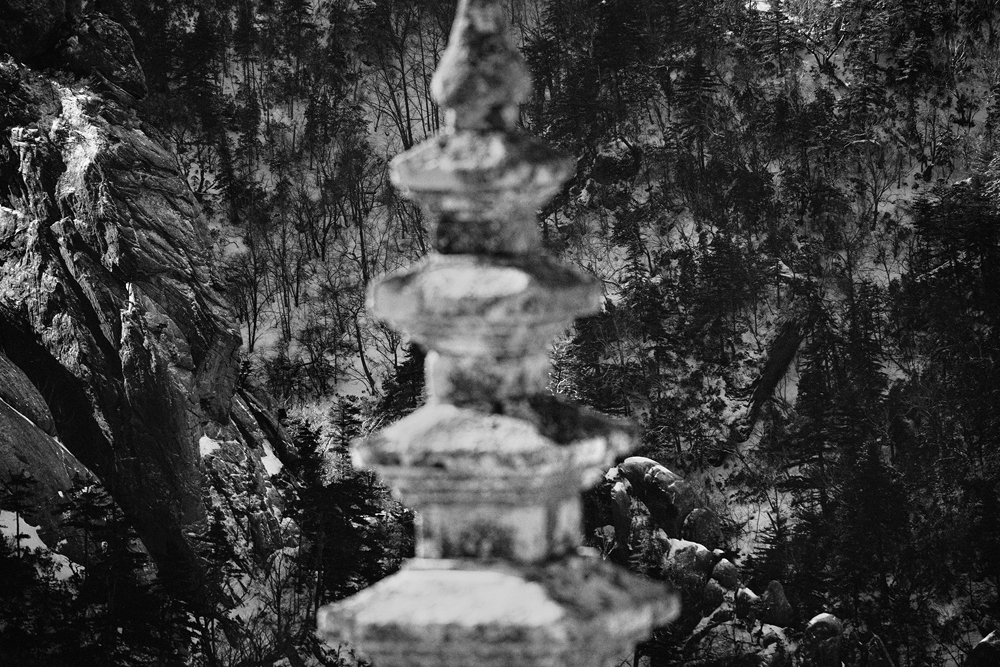
Silent Landscape (2008-2019)
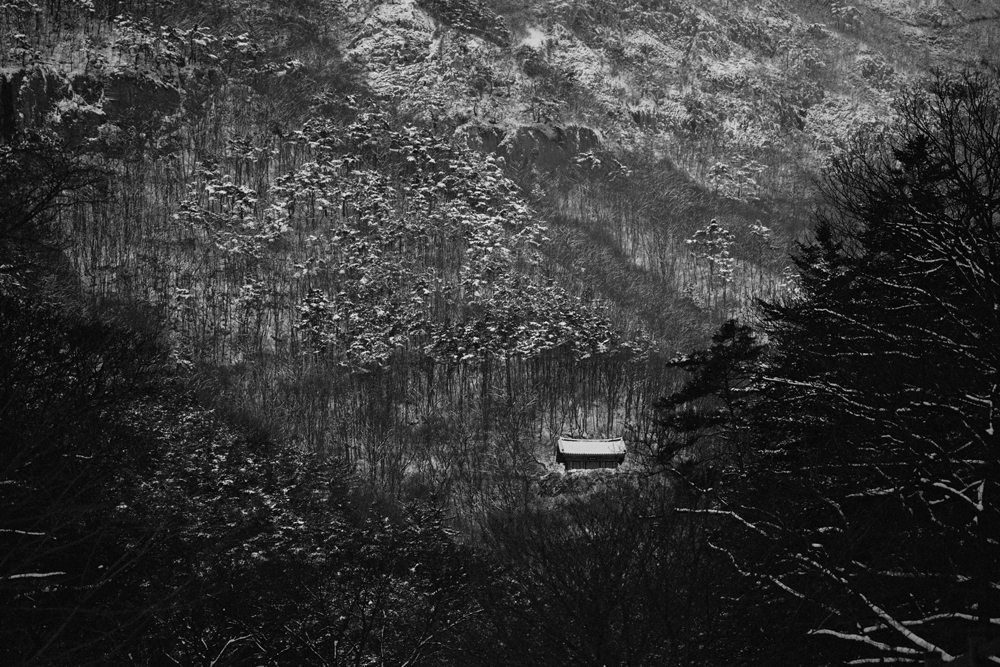
Silent Landscape (2008-2019)
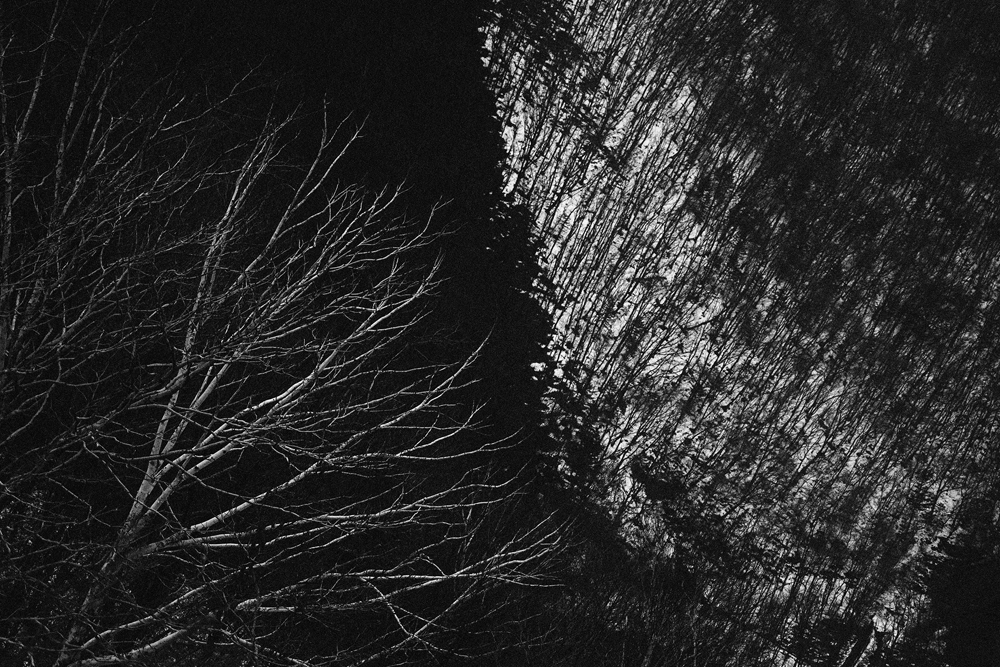
Silent Landscape (2008-2019)
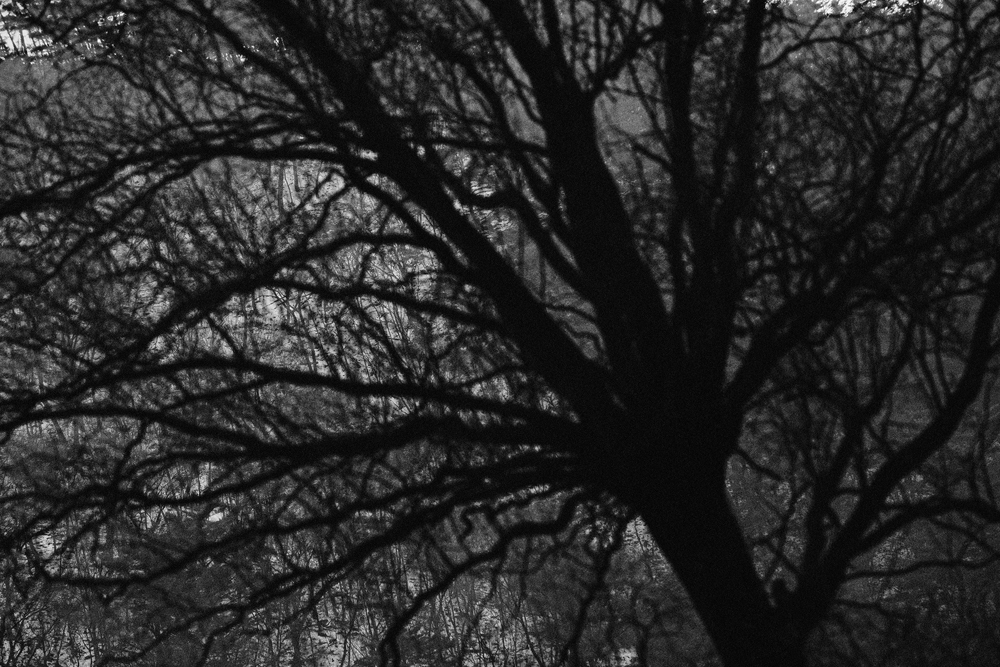
Silent Landscape (2008-2019)
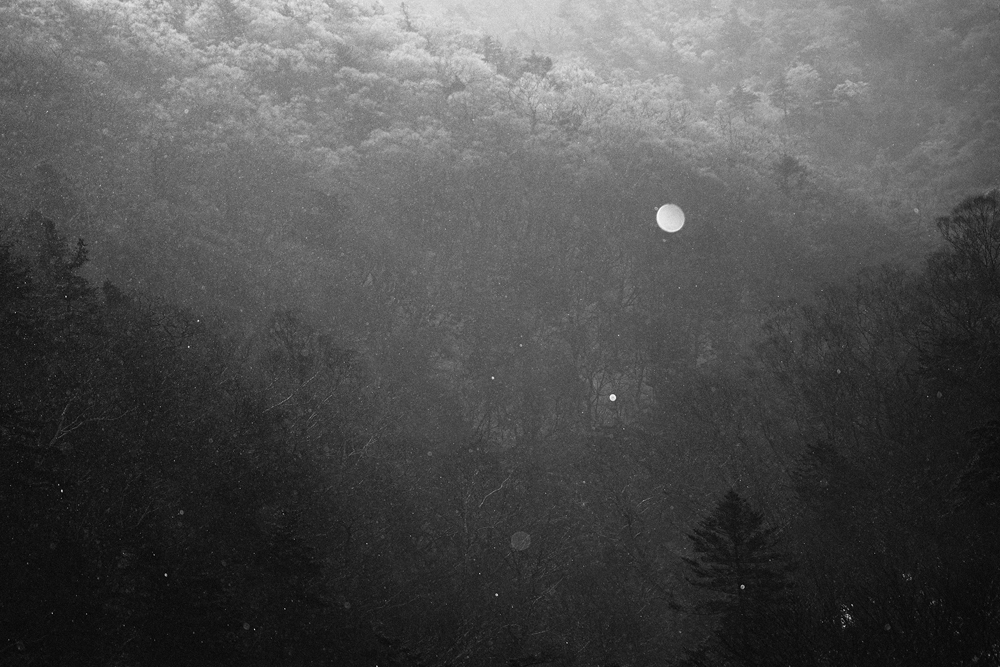
Silent Landscape (2008-2019)
©Gap-Chul Lee
3. Silent Landscape (적막강산) & Other Works (충돌과 반동, 기 )
by 이갑철 李甲哲
이갑철(1959~ )의 사진적 관심은 ‘우리 것’ 즉 한국에 관한 것에 있다. 한국의 땅, 한국의 정신, 한국 사람… 한국인의 정신적 삶의 뿌리에 대한 정신적 탐구를 바탕으로 그간 남다른 흑백사진을 만들어왔다. 거친 입자, 기울어진 프레임, 흐트러진 포커스로 구현된 사진들은 한국인의 정서 밑바닥에 흐르는 무형의 형체를 표현한다. 대부분 제의적인 의식에서나 찾아볼 수 있는 특이하고 신기한 대상들은 이갑철의 사진 안에서 생생하고 역동적인 생명력을 발산한다.
이갑철은 그간 몇 가지 연작을 통해 주관적 다큐멘터리 사진가로서의 정체성을 명확히 했다. 초기작인 <거리의 양키들>, <타인의 땅> 시리즈를 통해 한 시대의 현실과 그 바탕에 깔린 시대적 정서를 ‘비상한 감각과 재빠른 반응’으로 카메라에 잡아내는 특유의 기량을 보여주었고, <충돌과 반동> (1990~2002), <기> (2002~2007)를 통해 한국인의 정서 밑바닥에 흐르는 무형의 개념을 사진 안에 응축시켜 보여줌으로써 ‘사실 포착’에서 ‘느낌 포착’으로 이행시킨 다큐멘터리 사진가임을 알렸다.
이 포트폴리오에 소개된 연작은 이갑철이 그간 우리나라 구석구석을 다니며 선조들의 삶의 정한과 신명, 끈질긴 생명력을 담아온 주요 작업 <충돌과 반동>, <기> 그리고 지난 10년간 작업해온 근작 <적막강산>(2008~2019)이 소개되었다.
「혼을 담아내는 사진가」, 『LEE GAP-CHUL: The Seeker of Korea’s Spirit』 (다미아니&한미사진미술관 공동 출간, 2019) 부분 발췌
웬디 와트리스(Fotofest International 공동설립자) 집필
《충돌과 반동》에서 (후일 다른 방식이지만 《기》에서도) 이갑철은 한국인의 문화 기억 속 깊은 곳에 자리 잡은 시골과 제례의식, 다른 시대와 다른 세계의 침입을 견뎌낸 생활 방식들을 들여다 본다. 그의 사진은 대개 거칠고 야생적이며, 아름답고 제례 의식의 동작들로 가득하며, 자연과의 복잡한 관계를 보여준다. 이러한 이미지들은 현대적인 것과는 정반대이다. 모호하고, 고요하며, 밀도 있고, 이미지 홀로 존재하며, 이해하기 쉽지 않다. 흰 두루마기를 입고 갓을 쓴 남자들은 시골 길을 따라 묵묵히 걸어간다. 한 노파는 돌출한 돌에 앉아 상념에 잠겨 있다. 무당은 소머리를 자기 머리에 인다. 닭 한 마리가 풀잎 사이로 희미하게 나타난다. 한국 풍경의 많은 부분을 구성하고, 한국 문학과 회화에서도 상당한 의미를 지니는 산은 이갑철의 사진에서도 강력한 존재감을 드러낸다. 그곳은 금단의 장소이며, 만물을 보고하는 영적인 장소이다. 바람의 흔들림을 느낄 수 있는 듯하고, 산속에 널리 퍼져 사는 인간 삶의 일부인 구름 자락을 만질 수 있는 듯하다. 사람의 형상들은 침묵하여 거의 유령 같기만 하고, 그들의 얼굴은 초점에서 종종 벗어난다. 이름 모를 제례 의식의 기호들은 덧없이 스쳐간다. 피로 뒤덮인 듯한 무당의 얼굴, 칼을 쥐고 있는 얼굴 없는 손, 달밤을 담은 사진 하단에 갓을 쓴 두 남자의 흔들린 얼굴. 이렇듯 거의 모든 것은 미학적 질서 또는 단선적 해석을 거부한다.
나는 저 이미지들 속에 존재하는 것에서 작은 부분밖에 볼 수 없다는 것을 언제나 의식한다. 저 보이면서 보이지 않는 것은 물리적 사실주의의 구성 요소들을 물리적 세계와 그 안에 있는 우리를 심오하고 형이상학적으로 바라보는 방식과 통합한다. 필자의 서구적 시선으로는 격렬하면서도 점잖은 이갑철의 세계에는 규정할 수 없지만 눈을 뗄 수 없는 강렬한 모호함이 존재한다. 그의 이미지들은 끊임없이 변화하는 우리 삶의 많은 내적 원동력과 과거와 미래를 오가는 시간의 역설을 향해 말을 건넨다. 이갑철 사진의 거칠고 본능적인 질감은 이미지들 자체가 하늘 속으로 혹은 어둠 속으로 떠내려가려는 듯 보일 때조차도 감각에 대해서는 땅과 같은 강력한 끌어당김을 발휘한다.
이것이 바로 비전의 발견이다.
